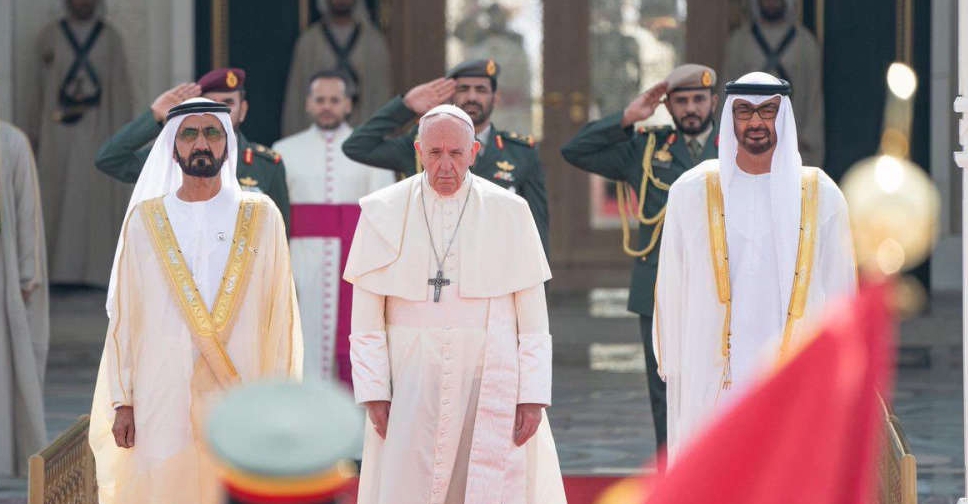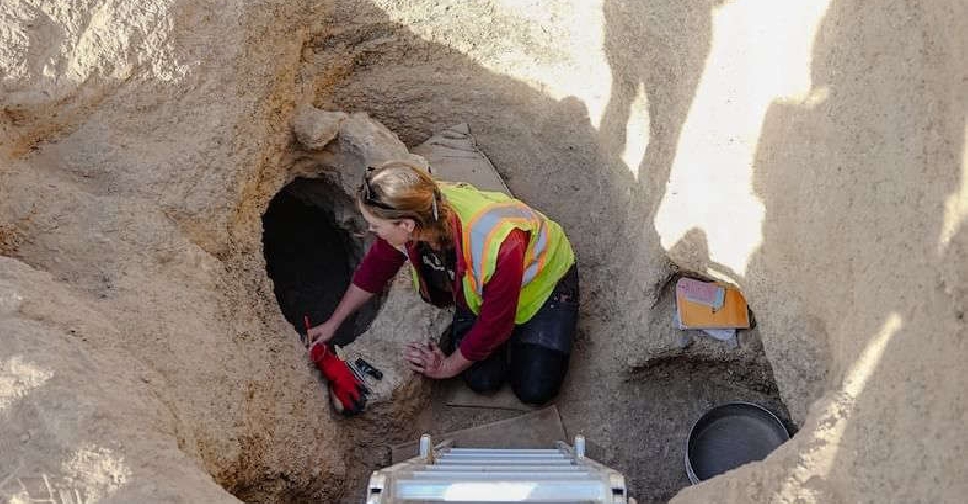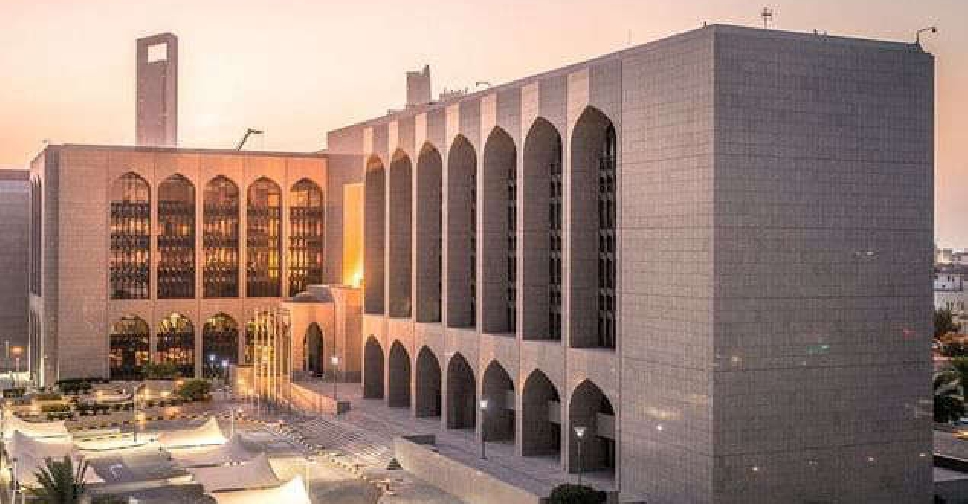
The Sharjah Sat 1 satellite blasted off to space on Tuesday aboard a SpaceX Falcon 9 rocket that lifted off from Cape Canaveral in Florida.
The miniature satellite, which weighs less than 4kg was designed by teams from the Sharjah Academy for Astronomy, Space Sciences and Technology (SASST), University of Sharjah, in coordination with international partners.
It's equipped with advanced communication equipment and sensors, and will carry out various research and scientific tasks.
Sheikh Sultan bin Ahmed bin Sultan Al Qasimi, Deputy Ruler of Sharjah, and President of the University of Sharjah, witnessed the launch of the satellite at SASST.
He said that the UAE has taken successful and steady steps towards space exploration through various missions and is supported today by Sharjah Sat 1.
"We start our year by reaching space, and we commend the efforts of the Sharjah Academy for Astronomy, Space Science and Technology, and we are proud of the Emirati cadres of engineers and researchers, who worked on the completion of Sharjah Sat 1," added Sheikh Sultan.
The estimated lifetime of the satellite is three years, subject to increase, according to the effect of solar radiation on the layers of the Earth's atmosphere due to its proximity to the low Earth orbit (550 km), around which Sharjah Sat 1 revolves.
سلطان بن أحمد القاسمي يتابع إطلاق القمر الصناعي المكعب "الشارقة سات 1"@SaasstSharjah @uSharjah pic.twitter.com/spURLQPD26
— sharjahmedia (@sharjahmedia) January 3, 2023
We congratulate the University of Sharjah and Sharjah Academy for Astronomy, Space Sciences and Technology on the successful launch of the first miniaturised satellite - Sharjah Sat 1.@UoSharjah @SaasstSharjah pic.twitter.com/m2v2lEXuFY
— MBR Space Centre (@MBRSpaceCentre) January 3, 2023




 UAE leaders pay tribute to Pope Francis
UAE leaders pay tribute to Pope Francis
 Badr Jafar named UAE special envoy for business and philanthropy
Badr Jafar named UAE special envoy for business and philanthropy
 3,000-year-old Iron Age cemetery discovered in Al Ain
3,000-year-old Iron Age cemetery discovered in Al Ain
 Bank fined for violating UAE's anti-money laundering law
Bank fined for violating UAE's anti-money laundering law
